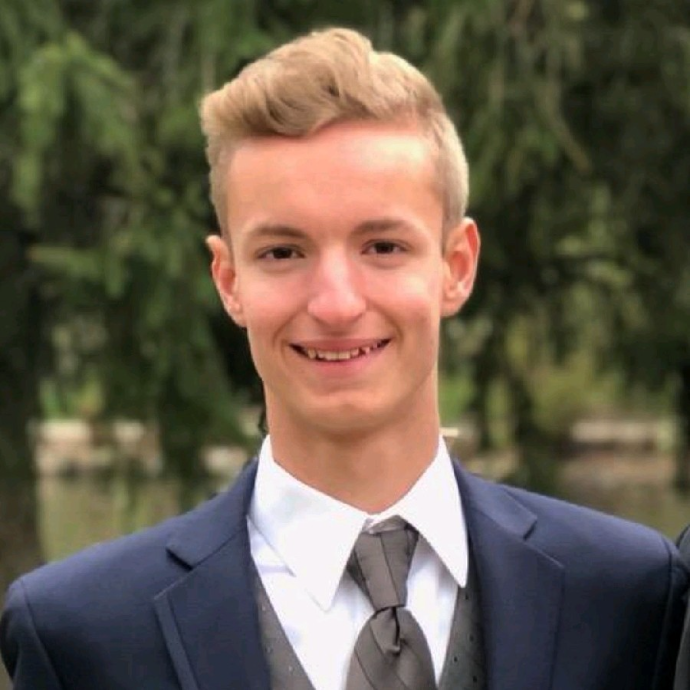Celebration of Scholars
#06: Dropsonde Design, Calibration, Testing, and Development of Novel Data Analysis Techniques for Multipoint Mapping of Thunderstorm Electrical Structures
 Name:
Cameron Fischer
Name:
Cameron Fischer
Major: Physics
Hometown: Streamwood, IL
Faculty Sponsor:
Other Sponsors:
Type of research: SURE
Funding: SURE, WSGC, Birkeland Center for Space Science

Major: Chemistry
Hometown: Marshfield, WI
Faculty Sponsor:
Other Sponsors:
Type of research: SURE
Funding: SURE, WSGC, Birkeland Center for Space Science

Major: Physics
Hometown: Rockford, IL
Faculty Sponsor:
Other Sponsors:
Type of research: SURE
Funding: SURE, WSGC, Birkeland Center for Space Science
Abstract
Electric field measurements are necessary to understand thunderstorm evolution and lightning initiation. However, most existing measurements are made with single instruments carried by weather balloons. It is difficult to interpret such data since a change in the observed electric field could be due either to the motion of the instrument or charging/discharging currents. To decouple these behaviors, it is necessary to make simultaneous measurements at multiple locations. To avoid the complexity of multiple balloon launches, we describe a single balloon instrument with multiple, independent dropsondes to be released at desired time intervals. By first considering a single point in time, multiple measurements at varying altitudes can give an altitude profile of a thunderstorm's electric field and how that profile evolves with time. Secondly, by considering a single altitude, measurements made by multiple probes as they pass that altitude give an estimate of the average current flow through that altitude and how the average current changes with height. Thirdly, such observations can be used for simulating storm behavior in a fitting process to simultaneously determine properties of charging current, storm geometry, and lightning properties. Tests of these techniques on simple simulations of thunderstorms and lightning show promise and suggest a useful path forward. The physical dropsondes are designed to rotate and be self-stabilizing, enabling them to measure electric fields as they fall. The dropsondes are lightweight, robust, and low-cost. They include a preamplifier, GPS receiver, search coil and accelerometer for orientation sensing, microcontroller, and a telemetry system to transmit data to a ground station. Prototype instruments have been drop-tested to demonstrate aerodynamic stability and rotation and calibrated for electric field measurement. A balloon payload set to release a set of such dropsondes via hot-wire release mechanisms can thus accomplish the goal of multi-point measurements of thunderstorm electrical structures.Submit date: March 31, 2022, 9:47 p.m.
